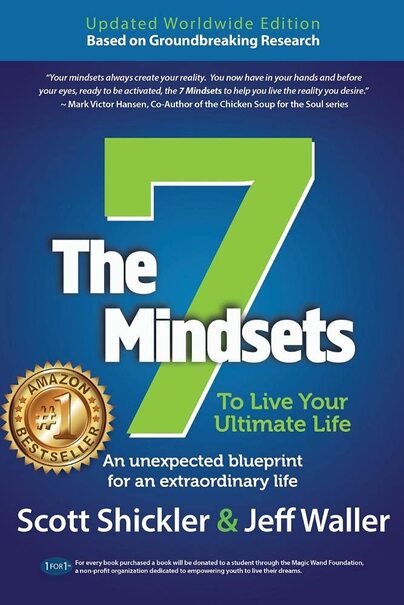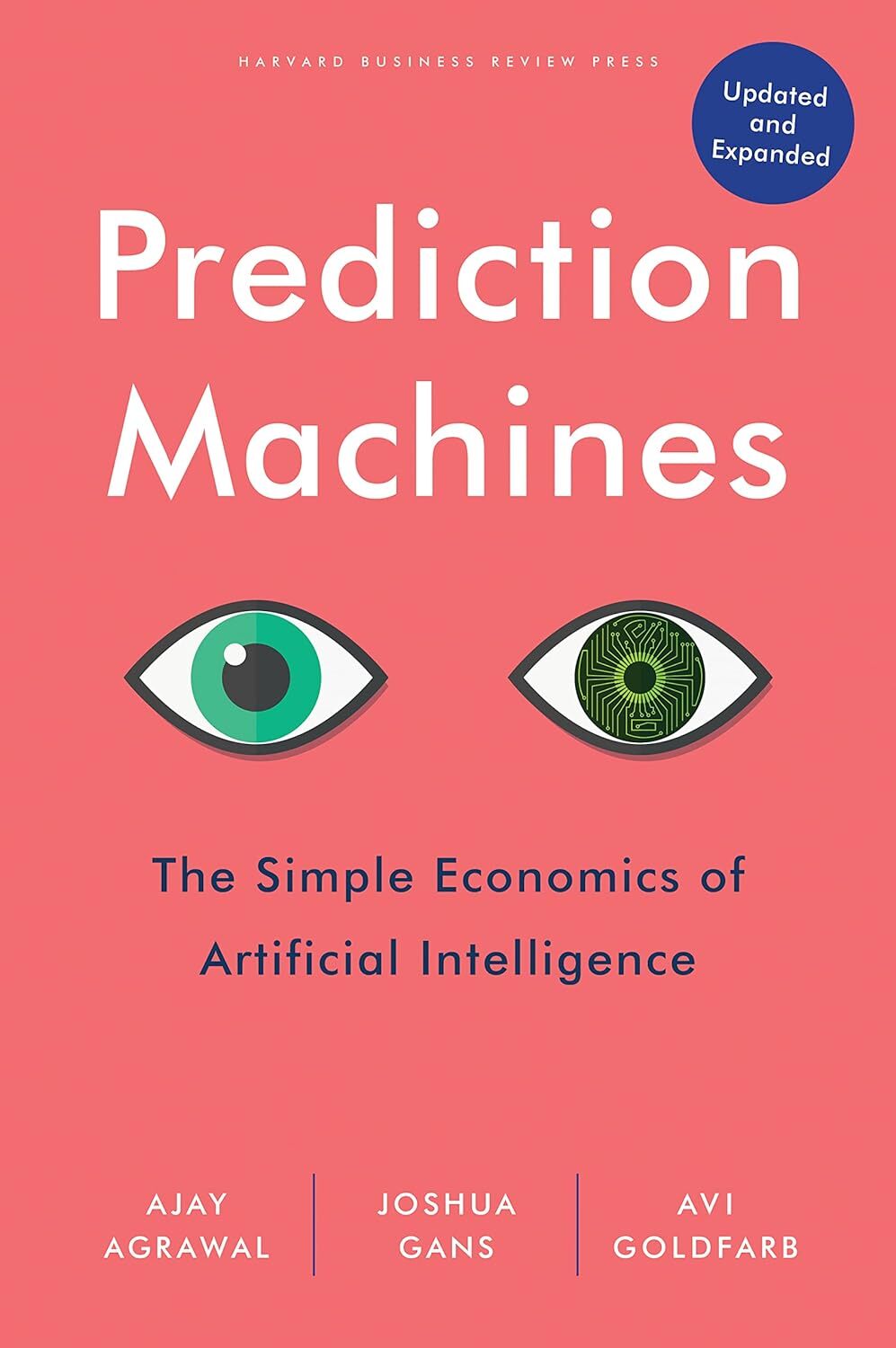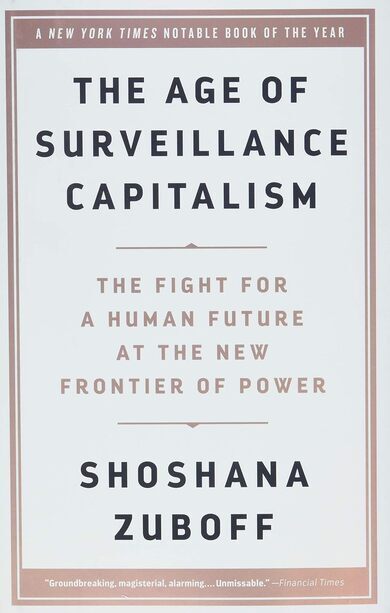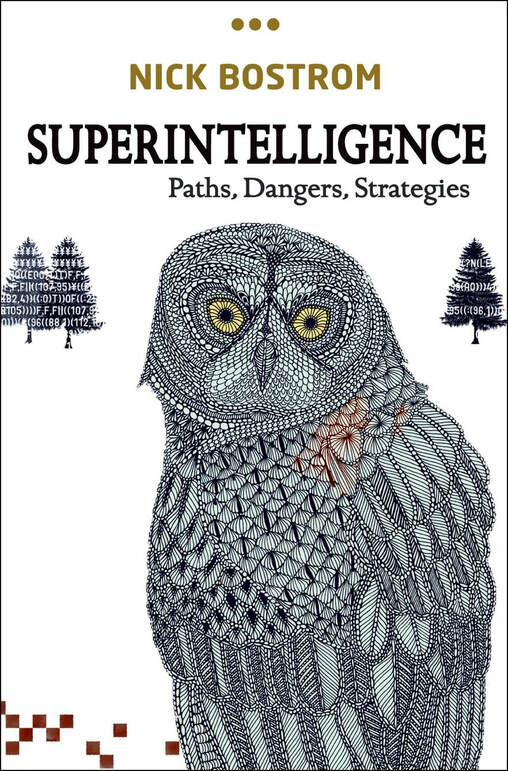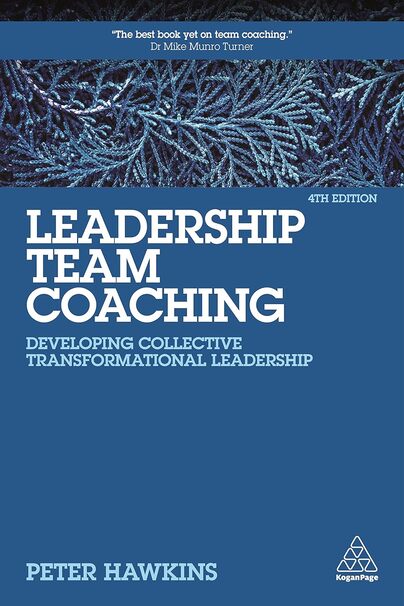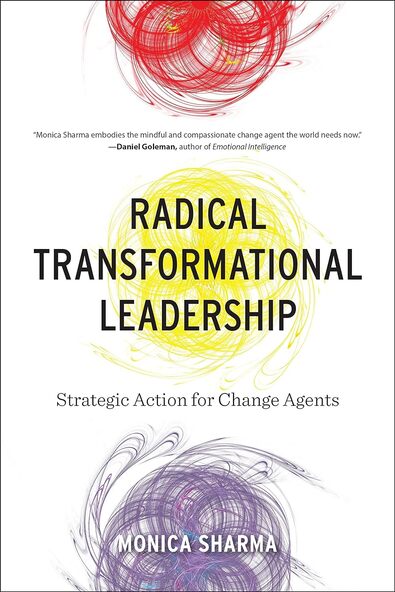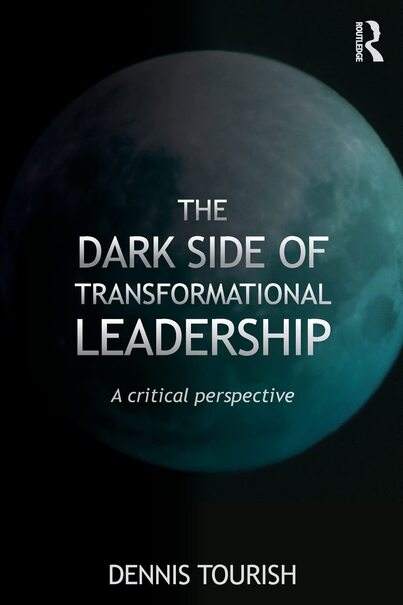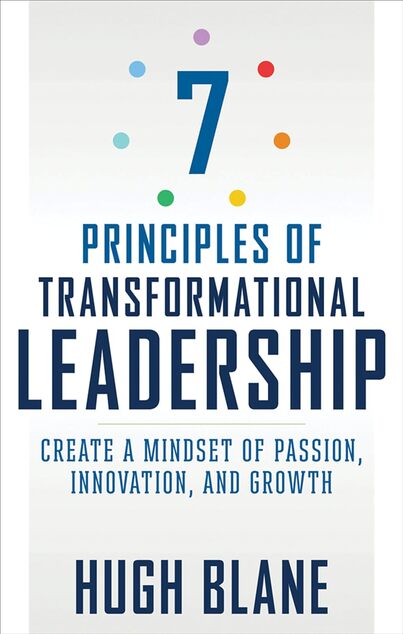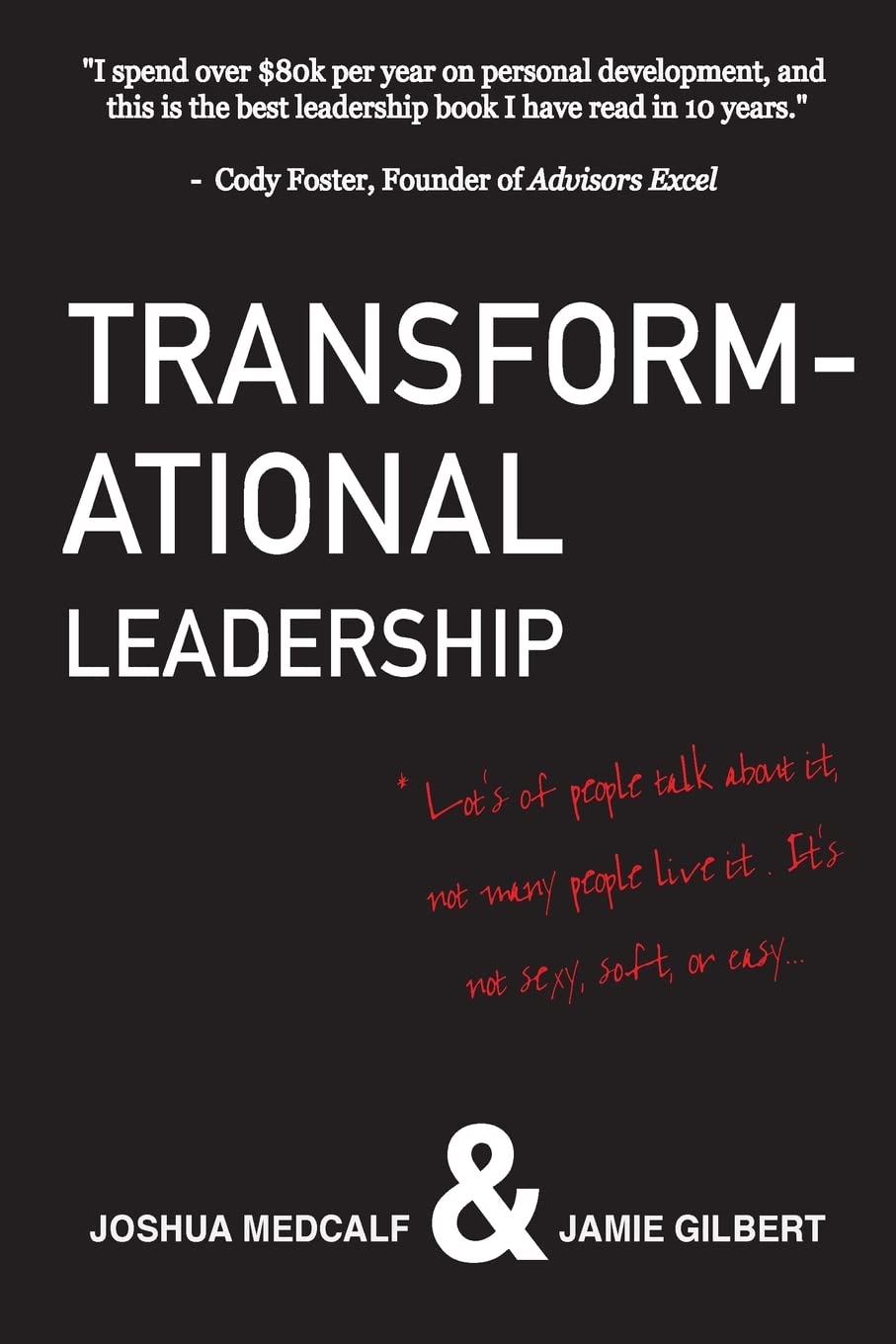Transcription:
E.B. (00:07)
Well, hello friends. Welcome back to another episode of barriers and boundaries resilience leadership podcast. I'm your host EB. I got a author today. I got a guest today that, more than an author, a visionary leader, visionary in the tech industry, 25 years of experience, transforming organizations. but I came across Eric Charran just to, from his book. Have you ever had a boss that, and let me tell you that book.
Eric Charran (00:26)
you
E.B. (00:32)
will resonate with you in so many ways. Eric, how you doing today?
Eric Charran (00:35)
Great E.B., how are you? It's great to be here.
E.B. (00:37)
And it's a, great to have you here. And like I said, have you ever had a boss that it really just strikes a strikes a chord on a lot of aspects. And I appreciated that. So, as we kind of get started here, I you've worked with Microsoft and capital one, 25 years in this industry, going back to this takes you back to what the.com era is that that boom.
Eric Charran (00:58)
Hey, that's
that you know your history. That's exactly right. I'm a I'm a gen Xer died in the wool. yeah, absolutely I graduated right at the dawn of the dot-com era and it lasted maybe about three four years and then all wrote it all the way to the bus and then Stayed in technology started working in Microsoft shortly thereafter
E.B. (01:03)
Yeah.
I love it. love it. Yeah, that's a I can assume there was a lot of learning and growing pains along the way. probably where some of this came out of this book for you. I'd have to imagine
Eric Charran (01:26)
Yeah, it was the first era of move fast and break things. We didn't call it that back then, but like that's really what it was. It was just this specter of bottomless pit of stock options and potential. As long as we felt good about what we were building, we knew that we were all going to achieve the results that we all wanted. And there was just a period of excess. when I was in school, if you could spell HTML, could write your own ticket.
Right. so largely that was kind of like the, the interesting thing that kind of propelled me to look at technology. What a lot of people don't know is I actually have a degree in marketing and I have an MBA, which actually helps me to this very day because, know, the folks that write the check are the folks that have those degrees and are in those in the business. And you have to be able to translate technology into business impact, business metrics and business speak.
I often tell my teams that the number one thing a technologist needs to do is to take things that are complex and make them simple so that people can decide and weigh in and explain.
E.B. (02:23)
that's a great insight into kind of where leaders need to be, kind of where they need to that thinking foundation. that's kind of where it starts, right? Being able to process good information. I know a lot of effort these days are, when we talk about GEN-AI is what is the right information to have, So you start with that data set. But there's still that human aspect of, being involved in business and like you touched on there and
Eric Charran (02:42)
Mm-hmm.
E.B. (02:48)
I always liked that phrase, haters going to hate. But as I was reading this is going through this, I was like, leader's going to lead, and and I just sense that coming out of you in terms of what you were writing is you got to counter.
Eric Charran (02:51)
Thanks.
E.B. (03:00)
the insecurity that we see in the workplace. And I think this book does just that. so one, thank you for writing that. And two, I'd love to hear more of your thoughts about how that came to develop for you. why this book?
Eric Charran (03:05)
Yeah.
Yeah, absolutely.
Yeah, why this book? Why now? Yeah, it's a great perspective, a great set of questions that I get a lot. And what's interesting is when I was shopping this book around to publishers, know, just the idea, they're like, are you saying, Eric, that there are no good bosses anywhere? And I'm like, no, no, no, that's not what I'm saying at all. In fact, I'm not saying that these are bad bosses, or I kind of grade against the perception that there are bad bosses and bad people. These are just a collection of unhelpful behaviors that
to me boil down to the wrong tools in the toolbox for leaders to utilize. And it's not largely not their fault per se, because they, like your, leaders gonna lead, kind of statement. I have a similar one, which is leaders lead how they were led. Coaches coach how they were coached. And so the perpetuation of these unhelpful behaviors as being the right tools to lead
E.B. (03:52)
Right, yeah.
Eric Charran (03:58)
perpetuated throughout, it has certainly perpetuated throughout my career. So what I realized is, as a Gen Xer, I've been around for a while, like you said, 25 or close to 30 years. And I noticed that there's a lot of early in career folks and mid-career folks that are getting the same scars that I've had, tripping over the same, stumbling blocks, tripping up the stairs, however you want to phrase it.
And I said, you know what, I know a lot. Like I know a lot about these types of behaviors. I've seen these behaviors recur in people. I've kind of been shocked, mortified, horrified, felt just raw injustice about being treated that way, being subject to those behaviors. And then I built this thick skin, this resiliency to figure out how to deal with it, to say, I don't have to get upset at this anymore. I've seen this before and I know exactly what to do.
That took years and years to assemble. My hope is that maybe it'll take someone minutes or hours or days to assemble, hopefully after reading the book. But to answer your question, like why right now, we were all sitting around once, me and my peers were talking about a specific leader or set of leaders. And we were like, can you believe they did that? And I said, yes, absolutely. And here's what they'll do next. And they were like, you're 100 % right. That absolutely happened. I said, here's what you do. And then vice versa, we were all kind of sharing.
our perspectives on this particular leader or that particular leader. And we started giving them funny little names to identify the behavior. And then somebody was like, hey, someone should write this down. I'm like, I'll write it down. And that kind of just, it just poured out after that initial me sitting down just to think about and write it.
E.B. (05:25)
what do you think's been the most memorable boss types that readers have related to,
I'd love to hear more about some of the boss types that you wrote about.
Eric Charran (05:30)
Yeah.
Yeah,
it's almost like asking me, I didn't realize this until I was asked this question, like, what's your favorite or what's the most impactful or what's the most terrible to work for? And it's asking like, how do you pick your favorite child? But I think that some of the most memorable ones and the one for me, and I think it really depends on who you are as an individual. I am a very logical, data-driven, at least I like to think of myself that way.
logical data-driven, I like to prepare. like to look at all of what the permutations of an outcome could be and how to prepare for each one and then go in polished and, be able to have a really productive session, wherever that, whether that's going into the C-suite, try to convince them to do something or to invest in something, whether it's to, kind of inspire people to, lead or to articulate needs. I really like to be polished and prepared. And so the folks that.
kind of disrupt that or eschew that or pretend like they're listening and then they show up at the meeting and they're counterproductive, those are the ones that I have the most difficulty dealing with. That's me as a person. So the raw nerve archetype is really one of the ones that I had a significant challenge growing and managing upward with. So the raw nerve for listeners are, this is a manager that has typically reached significant levels of success sometimes.
making fast and quick, instinctive decisions in the moment when it comes, we need to do X, Y, Z. We need to go left or right. Which way do we go? And the manager goes, based on my experience and my gut, we go this way. And there's definitely a place for that, especially in younger organizations where you have to move fast, you have to react to changes in the marketplace or within the organization. And still, even in established organizations, you still need to make quick decisions.
but this is the only gear that this manager has is the quick decision. So when you actually have to do something thoughtful, when you're trying to consider, I think I write in the book about an example about deciding who's going to be your cloud analytics provider for the next five years, that's not a quick decision, gut reaction kind of thing. That is a, let's get together a team, let's spend time deconstructing the features, let's meet with each of these vendors.
E.B. (07:11)
You
Eric Charran (07:33)
Let's figure out how our use cases map to what this thing needs to do. And then let's provide our findings and then let's take a stepwise progression to figure out how to onboard them into the organization slowly and carefully. So after having led teams that do that stuff, we were about to present to the C-suite in this organization and the manager that I had at the time, again, the raw nerve archetype, supposed to have been privy to in advance.
all of this information, all of the recommendations that we were about to put forth. And the hope and goal was, and the prearranged decision, the discussion was, this is really what we're going to go after, hoping to get your support in the session. This person comes in, juggling their coffee cups and setting up their laptop, they relate to the meeting. And we're in the middle of talking about why we think that this particular vendor is the right solution. And they kind of just
Interject they go. Hey, you know what? I was reading run read it last night This is really getting trashed vendor seems like a lot of people on this subreddit this subreddit really didn't like this analytical platform and they're actually switching to this other one so maybe we should think about that and I'm just standing at the front of the room I didn't do this like the home alone face, I felt like I that's that's how I felt inside like it an invalidation of all the work that we had done, but it was just such a gut reaction and that's
That's probably one of the biggest challenges that I have as a person.
E.B. (08:52)
I talk a lot about, barriers to growth on this podcast. And that just seems to be one of them is that when you're led by your emotions more than, analytical critical thought, having a growth mindset, being open to different ideas. one of the things that I remember you put in the book was their emotions are not.
your emotions. And there's so much cognitive science behind that. And I love that. So it was one thing to include all these archetypes But it was another thing to add in these elements of here's how you build resilience.
against that.
Eric Charran (09:21)
Yeah.
Yeah, resilience is an interesting word for me. based on my experience coming up as a young GenXer going into the workplace, like, and I think we've all probably had situations like this. Like I've actually been not as shouting match at the wrong word. I've been shouted at a bunch. And you feel like in that, in that instance by your manager, just, just reacting, Vesuvius just exploding. You're like, my.
E.B. (09:38)
Hear,
Eric Charran (09:45)
my God, I must have really messed up. I must have really stepped in it. And then sometimes I did, don't get me wrong. I've done shout worthy things. But in those instances, there really wasn't a component of, here's how I deal with this. Here's how I emotionally process this. It's not about me. This is about this person. It's about how they're reacting to a situation when they should be coaching me. None of those thoughts happened. So back in those days, it was...
All right, this is how things get done. I'm just gonna have to deal with it and come back stronger and build that scar tissue and that thick skin. And the next time somebody yells at me, I won't feel like my hair is on fire so much or my clothes are on fire. So I'm painting that. So that to me is resiliency, which is you live through the trauma and now you're stronger for it, which to me is great. And I think it's important, but it's not necessarily the healthiest way to go about building that.
that level of coping and thriving. To me, I think as I look back, and this was before terms like psychological safety and bringing your whole self to work and belongingness, like those things didn't exist. Like, so what's your manager yelled at you? Your manager is going to yell. That's what's going to happen. So now what we realize and what I've learned at being a leader and being led that way is that we need to process the emotion. You need to get over, process the injustice, process the fact that it feels like
E.B. (10:44)
Yep.
Eric Charran (11:00)
they don't like you, that they're out to get you. But it's really, in most cases, it's not about you. It's about them just utilizing the wrong tools. that is another thing that one of my managers used to say, he used to say, say Q-tip, which I'm sure everyone's heard of, which is quit taking it personal. And that's the hardest thing to do because it feels awfully personal when they're calling you out, when they're yelling at you, when they're like, I can't believe you did that. But again,
E.B. (11:18)
Mm-hmm.
Eric Charran (11:27)
They're using the wrong tool to coach, to mentor, to guide, to lead, and to deliver results, get you to deliver results. And what you really need to do is to take a step back and say, let me put myself in their shoes. Like, I'm sure that they don't really want to be screaming at me. I'm really sure that they don't want to sabotage my meeting if they could, if they had a choice, if there was another way, I'm sure they would do that. But in many instances, they, don't have the other way. They're not self-aware enough to understand the impact and they don't have any real tools to get through it.
So that's kind of the way I look at resiliency. Resiliency is all about like, do you separate yourself? Your emotion, their emotions are not your emotions. And then how do you actually start to deconstruct why they're doing these things? And then what can you do to empower yourself to actually deal with it?
E.B. (12:09)
Yeah, and it's always a better approach than probably some of my own experience of responding to some of those emotionally charged leaders. I would say asking them if their mother hugged them enough as a kid in response to them yelling is not the best way to go. Just based on my experience.
Eric Charran (12:24)
Typically, statistically, I would say that's probably not the best way to go. You might
surprise a few people, you might shake them out of the stupor of rage, but I don't think that that's a good way to go. You're right.
E.B. (12:35)
I'm 0 for 2 on using that one myself. Has there been any favorite stories out of the book from readers that have reached out to you about, man, this one got me.
Eric Charran (12:46)
Yeah, it's tough because, yeah, again, it's like choosing your favorite kid or your favorite flavor ice cream or something like that. But I think the one that's pretty memorable is the attack sub manager. So this this one is kind of like the way I describe it is you're at an airport, you're it's off hours, you're out to dinner and your phone just starts blowing up. Slack blowing up teams, whatever text messages are coming in. We've got this meeting tomorrow. It's a it's a sea level exec meeting.
need you to prepare some slides in this project you've been working on. They really want to hear the impact. They want us to understand the budget allocations, whatever it might be. Need you to produce maybe like 10 or 15 slides by 3 PM tomorrow. And you've disrupted your entire evening's been disrupted. You were going to watch movies on a flight. Now you can't. And you're just like, OK, I have all these questions. Who's going to be there? What kind of details do we need to hear about?
How much of the budget should I put in? Should I put in a spreadsheet level detail or is it just high level metrics? What do we need to think about in terms of outcomes? Do they want a complete program review? Do they just want milestones? So all of these things that you are next level, like how do I actually do this task with quality so I can be successful, dead air. They've submerged back beneath the waves. the 3, 2 PM comes, 2.30 PM comes the next day.
You're maybe standing outside of the C-suite offices. The attack sub-manager erupts again, comes from beneath the waves, fires off a bunch of missiles. This spreadsheet that you sent me, not anywhere, or this presentation you sent me, not anywhere near what I was thinking about. You you missed this. You didn't have enough detail here. This is too high level. They're going to pressure us on this. Let's just go in. Let's make the best of it.
And you were left there standing in the hallway thinking, if only you had answered my questions, I could have targeted. I wouldn't have had to guess. And we would have been so much better prepared. So the attack sub manager, like a submarine, runs silent and deep. Slacks, team messages, emails, text messages bounce off them until they raise, just erupt, and then go back underneath the water again.
E.B. (14:42)
there's so much rewarding factors when you share information, right? It's, I mean, you talk, I mean, you talked about psychological safety and like some of that cognitive science, that behavioral science. I mean, that, I think that's why I appreciate that stuff, becoming more and more popular. I'm a big fan of like the neuro leadership Institute and like they
They're pushing that, left and right. And, but to really like, I've always wondered like, why is there such a lack of understanding that information sharing is beneficial for everybody? And it, I don't know, just helps the organization. and that's the kind of stuff that when I read about that in your book, I'm like, okay, that's a great point. that's a great takeaway.
Eric Charran (15:08)
Thank
E.B. (15:20)
Is that the takeaway or is there something else like on top of that you feel like you want readers to connect with from the book?
Eric Charran (15:25)
Yeah.
What I hope that readers connect with is understanding that there's this natural reverence that you have for a leader, whether it's your skip level manager or your immediate manager. And the reverence is kind of warranted because these are people that approve themselves.
at least in theory, worthy enough to attain the position of leadership, whether it's been delivering results, whether it's being in the right place at the right time, whether it's seizing opportunities, or usually it's a combination of all those three of those things. They're there, and they kind of hold your economic and your career trajectory in their hands. And so the perception is that, I got to do whatever I can to prove to this leader that I'm worth it, that I can...
that I'm ready for the next thing, that I've actually delivered results, that I deserve that exceed rating during calibration at the end of the year, if your organization stack ranks. And that to me also means that the underlying implicit assumption is that I have to deal with these unhelpful behaviors. But not only that, but these behaviors thrive in silence when you believe that you have no other recourse but to take it.
When you believe, you start to believe that, this is what it takes to be a leader. So when I'm in a leadership position, I'm going to do exactly what they did because they're there and I want to be there. So whatever they're doing must be right. Right. And so that's the other thing that I want readers to take away that that's not the case. Many of these leaders are also just on their own growth journey. They're trying to figure it out. The, the number one thing a first time leader does when they step into a new position is like, gosh, what would my last manager have done?
What would they do in these circumstances? And that's what they do. Leaders lead how they were led. And if you were led by a fantastic leader, you know exactly what to do. If you were led by a not so great leader with all of these unhelpful behaviors, you believe that those unhelpful behaviors are what's required to get the results.
E.B. (16:57)
Ha ha ha.
Yeah.
That is very interesting to me. You could almost equate that to marriage, You get into a marriage, you're just, gonna participate in the marriage the way you saw your parents participate in the marriage or whoever was close to you that was kind of modeling what marriage is.
Eric Charran (17:19)
Yeah.
E.B. (17:31)
When you're talking about being holistic in the book as well, I kind of processed that in terms of it's okay to pay attention and let people tell me who they are and not project onto them who I want them to be as a leader. But let me just pay attention. Let me collect the information. you're in the data field,
you get a lot of that information, like that tells you what that is. People are doing that as well, if you're willing to receive that data. I felt like that was like one of the takeaways for me
Eric Charran (17:59)
Exactly.
E.B. (18:02)
if you're the junior person in this scenario, how far do you allow someone to get away with that certain type of behavior?
Eric Charran (18:10)
I think it's stages. So if you're a junior person or an early in career person or maybe somebody that's just getting to know a new manager or a new leader, it occurs in stages. the first stage is, holy cow, I can't believe they just did that, said that, or did this thing to me.
Right. And it's, me. The second stage and what I hope people kind of will get take away from this book is it's not necessarily about you. I don't want to preclude the fact that there are real toxic managers that have hate ons for people. And absolutely that happens. But in the majority of circumstances when leaders are leading with the wrong tools, they manifest themselves as these recurring unhelpful behaviors. And the hope is you would like, I read about this or I've dealt with this before. Now that I recognize it, what
am I empowered to do about it? Do I just take it and just say, just got to endure? If I want to get a good performance rating, if I want to take the next step, I just got to deal with this. What I hope people take away from this book is you absolutely don't have to just deal with it. You can actually be constructively critical of your manager, if you believe it or not, if you approach it in the right way. You can actually lead your manager, grow your manager as a partner.
to achieve team results and organizational results together if you approach it the right way. And the right ways, or what I consider the right ways, are utilizing it with empathy first. Empathizing with your manager, which is probably the most difficult thing to do. If somebody is hurting you, it's so difficult to be like, well, why are they doing that? What must they be feeling? But it takes incredible self-awareness and discipline in order to get there. But you can get there. The next thing to do is say,
Gosh, these leaders are under impressive and incredible strain. They have to deliver results. They have to get great pulse survey scores for me to make, to prove that they're a great manager. They're being asked to do more things with less resources. They have to do vacation requests, deal with performance issues and all these other things. Now I understand why they are reacting the way that they're reacting, why they can never seem to remember anything, why they're scheduling emergency meetings at 730 in the morning. I can see why they're doing it, but
That's not to say now I'm just going to deal with it better because I understand. The next step, the final step is how do I actually help the manager? How can I be of service to this leader so that they don't have to? In order to get there though, you have to get them in a position where they're ready to change their minds. What I've learned in my career is that people don't make logical choices. People make emotional ones and then they seek reasons to back it up. Which means if you come to them with data,
And I did this early in my career, EB. Like I would just, in a meeting, I would just start shouting, like, not shouting, but like, no, no, no, you're wrong. You're going to walk off a cliff. I've been there before. I've seen other people do it. You're heading right to this cliff. You're going to step off. And they're like, all right, thanks very much. We'll see you later. And my manager at the time said, hey, Eric, you need to sit, sit on your hands. And I literally, EB, in this meeting, like I would sit on my hands. And instead of just blurting out the right answers, I began asking questions like,
E.B. (20:39)
Okay.
Eric Charran (21:03)
Well, if I was behind your desk, I'd be worried about these things. And that really helped because it got them to a point where they understood that I understood their feelings about the particular decision or the topic. And only then were they willing to listen to me position the right answer, utilizing questions like, what if we did this? Do you think this might work? What would happen if this happened? And that's really what I, that's the, those are the stages I think about like when,
As a junior person, how do you deal with it? That's what I want people to take away from the book.
E.B. (21:31)
and that's such a great
approach to have to I'm a big fan of servant leadership team mentality. And having empathy is a big part of that. And in your empathy being a great value to the tools in the tool belt, I would say, when one of us succeeds, we all succeed. Is there a line with that, though? Is there a do not cross this aspect with going too far of, is there too much empathy?
And I okay.
Eric Charran (21:56)
Yes. Yeah,
I learned this. I have three kids and one of them is is kind of like I am. It's more logical, less like they have to practice cognitive empathy because they're not a very deep, deep feeling person. And then my youngest is super empathetic. She can see somebody that she doesn't even know. It's like, it must be so difficult to be going through what they're going through. And I'm like,
So there is a time in which you can over empathize and I think too much of anything is a bad thing. I think the line is know your worth, know what you're worth. So as much as you might get insight and coping strategies and thriving strategies from this work that I produced as well as others that are out there that are excellent, you have to figure out, am I throwing good energy after bad? What is my tipping point? I've tried all of these strategies. I've tried all of these methodologies.
This person, I just can't get them there. But you have to say, instead of going back to suffering in silence or just keep trying and all of the negative spiral, the jaded spirals that kind of ensue from that type of thinking, you have to say, listen, I'm worth more than this. And I'm not interested in porting more energy into this, trying to turn this aircraft carrier around. And I'm gonna go somewhere else where I'm valued.
I'm gonna go work for a leader that actually values me and knows how to lead.
E.B. (23:11)
there's a saying in the scriptures in the Bible, it's don't throw pearls to pigs,
Eric Charran (23:17)
I vaguely remember that I was raised super religious, so I remember that.
The way I operationalize that professionally is the idea is, and I got this from some time that I had to spend in a leadership program. had opportunity to spend time with Satya Nadella when I was at Microsoft. And he said, people don't quit teams, they don't quit organizations, they quit managers. And they should, they should quit managers.
E.B. (23:38)
Yeah. Yeah.
Eric Charran (23:40)
If there's a situation in which you're just throwing good energy after bad, you've been professional, you've been respectful, you've tried to be the tide that lifts all boats, and it's just not working, know your worth, and find an opportunity that's worthy of your talent and skill.
E.B. (23:56)
Yeah, man, Eric, that's such great insight. And I really want people to, to, get this book, to read this book. I mean, that's, that's culture shifting, material that, they can take with them. and I liked that you say, just want people to go through what I went through a lot faster, learn what you learn a lot faster. Yeah. A lot less pain. And, so I appreciate that. So how, how would.
Eric Charran (24:11)
A lot less pain. How about that too? Yeah.
E.B. (24:17)
viewers, listeners connect with you, find the book and I'll put links and stuff in the notes, but what's the best way that you want people to connect with you?
Eric Charran (24:23)
Yeah, great. Great question.
Books will be available, I think, beginning part of next week, so March 13th. It'll be available. It's available for pre-order on Amazon right now. Just search for have you ever had a boss that? That should pop right up. You can connect with me on LinkedIn. You search for my name, Eric Charran The Instagram account that I have is authorericcharran, all one word. Same on TikTok for as long as that's gonna be around. Who knows? But I'm there as long as that platform's up and running.
E.B. (24:49)
There you go. I love it. Any any final thoughts before we say goodbye for today?
Eric Charran (24:54)
I think the biggest thing that I often tell my kids are that the closest thing that human beings have to magic is confidence. But confidence is like ephemeral, like how do you get it? And do you just assume that you have it? But I'm hopeful that readers will have the confidence from this book to realize that they're not powerless. These behaviors persist in silence. These behaviors persist when you realize, when you think that you don't have any way to deal with them.
And that's not true. You do have the ways to deal with them. My hope is that you can use some of the suggestions in this book to kind of take control.
E.B. (25:25)
That's a good word, Eric. I appreciate it. And thanks for stopping by and joining us today on the show. And please get the book, please reach out with Eric, connect with him on LinkedIn. And man, I look forward to seeing all the good things that are happening in the future.
Eric Charran (25:38)
Thanks for having me on, EB, this has been great.
E.B. (25:39)
Thank you.
E.B. (25:40)
All right, my friends, that was Eric Charran author of have you ever had a boss that and let me tell you, you were going to connect with this book in so many ways and it's going to be great. And it is going to be one of those tools for your tool belt that will help you develop as a leader that will help build resilience. And he does use the terms building resilience in the book.
And it's great and a great use of it. So connect with him, follow up with him as well. We're gonna keep fighting, keep pushing for resilience here. And until next time, EB out here.
